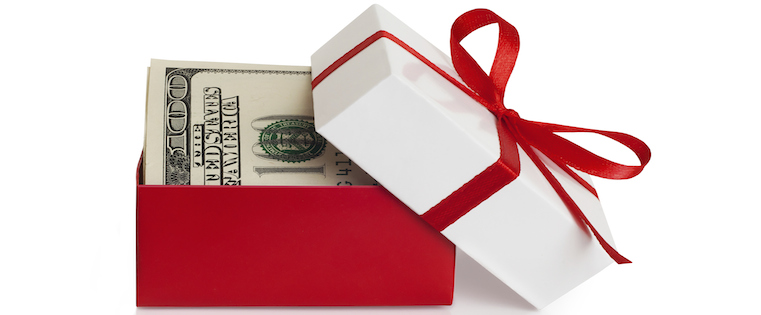

"When performance is measured, performance improves. When performance is measured and reported back, the rate of improvement accelerates or has dramatic improvement."
The above statement -- often referred to as Pearson’s law -- was sent to me by Mark, who recently graduated from our Referral Champions Training Camp. Mark is creating significant results using our process. Most of the credit goes to him, as he is using this principle to drive his actions and results.
You’ve heard the expression: What you measure you can manage. Add in the element of reporting, which could be interpreted as another word for accountability, and you have a powerful combination.
Here are seven actions designed to help you get more referrals and introductions. Assign a peer to be your "referral buddy," and keep each other accountable for the actions below. Doing so will drive more referrals for you both.
Track These 7 Behaviors to Get More Referrals and Introductions
1) Give referrals to prospects.
As you give, you receive. Are you providing value to your prospects, clients, and others through the connections you make? To get more referrals, give more referrals. To get more introductions, create more introductions. Your prospects will be grateful and more likely to help you when you come calling.
2) Promote your referrals and introductions, and ask them to do the same.
Promoting referrals and introductions does three things:
- Creates opportunities for future referrals
- Turns into referrals on the spot
- Helps you determine your prospect’s or client’s relationship to referrals
I teach 10 ways to do this. The most popular phrase I tell my clients to use is "Don’t keep me a secret." (I also wrote a book with this title.)
3) Add value to prospect conversations.
The cornerstone of a successful referral process is checking in with your prospects and clients to make sure that expectations are being met, small complaints don’t turn into larger complaints, and that value is being recognized. This also keeps you from making situations worse -- it's not smart to ask an unhappy customer to do you a favor until you've addressed their dissatisfaction first.
4) Ask for specific referrals.
Some people say you shouldn’t ask for referrals. Hogwash! Don’t let those people project their fear and mistaken beliefs on to you. If a happy customer knows a specific point of contact you're trying to reach, you should absolutely directly ask. If you're uncomfortable doing so, remember that the key to success is in your approach. Using the V.I.P.S. Method for Asking, you’ll never be pushy or look like you’re begging. See my blog post from last week and check out this podcast I did for Selling Across America for more insight into this method.
5) Turn referrals into introductions.
Referrals are worthless until you turn them into a connection with the new prospect. It’s almost impossible to cut through the noise in the marketplace without securing an introduction to your new prospects.
An in-person introduction is usually the most effective, if it fits your business model and the parties are open to it. An email handshake works well, but make sure your referral source CCs you on the introduction so the referral knows the introduction is legitimate and how to contact you. You have to go for a true connection!
6) Contact the new prospect.
Would you believe that many people get referrals and never contact the new prospect? Very sad and very true. Two not-so-good things happen when you fail to follow through:
- You miss the opportunity that was handed to you on a silver platter.
- You burn your referral bridge between you and your referral source because they won't take you seriously.
Always make sure you follow through. Otherwise, you damage your reputation and lose potential new business.
7) Thank the referrer.
Don’t wait for the prospect to become a client -- in fact, it doesn't matter if you ever close the prospect. This isn’t about the money. Keep your relationship strong with the referrer by rewarding their act of generosity.
Often a handwritten note will suffice. Just don’t let the risk your client took to introduce you to someone else go unnoticed. Reward the behavior you want to encourage. How you receive the referrals you get will contribute to your referrability.
Salespeople who don't ask for referrals are like starving people who walk past a buffet with a sign saying ‘free food’ and never stopping.
Want to keep score to raise your score? Keep track of the core behvaiors that produce referrals by downloading our Referral Scoreboard interactive PDF.










